Despite the rise of modern farming technology, traditional agricultural tools continue to play a crucial role in farming practices across Africa, Latin America, and Asia. These tools have been refined over generations, adapted to specific climates and terrains, and remain vital for small-scale farmers who prioritize sustainability and efficiency. Unlike industrialized machinery, these tools are often affordable, easy to maintain, and perfectly suited for the type of farming that sustains millions of people worldwide. Here are five traditional farming tools that are still widely used today.
1. The Winnowing Basket (Africa, Asia, Latin America)
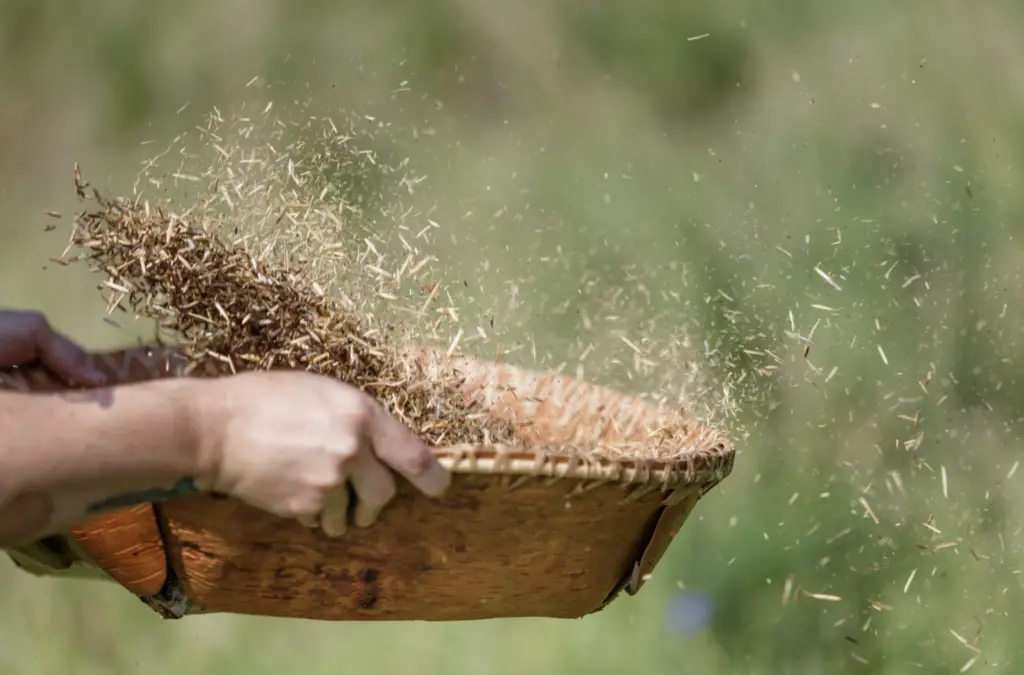
The winnowing basket, used to separate grain from chaff, remains a vital tool in traditional agriculture. In Africa, particularly in West African countries like Ghana and Nigeria, women use woven winnowing baskets to clean harvested grains such as millet, sorghum, and maize. In Asia, winnowing baskets made from bamboo or rattan are essential in rice farming, where they help separate husks from grains after threshing. Similarly, in Latin America, indigenous farmers use shallow, flat baskets to clean quinoa, amaranth, and beans.
Winnowing baskets have stood the test of time because they provide an effective, low-cost method for grain processing. Their simple design allows farmers to use wind power or manual shaking to remove unwanted debris. Unlike mechanical threshers, these baskets require no fuel or electricity, making them ideal for off-grid communities. Even in regions where modern equipment is available, winnowing baskets remain a trusted tool for small-scale and subsistence farmers.
2. The Plow (Africa, Latin America, Asia)
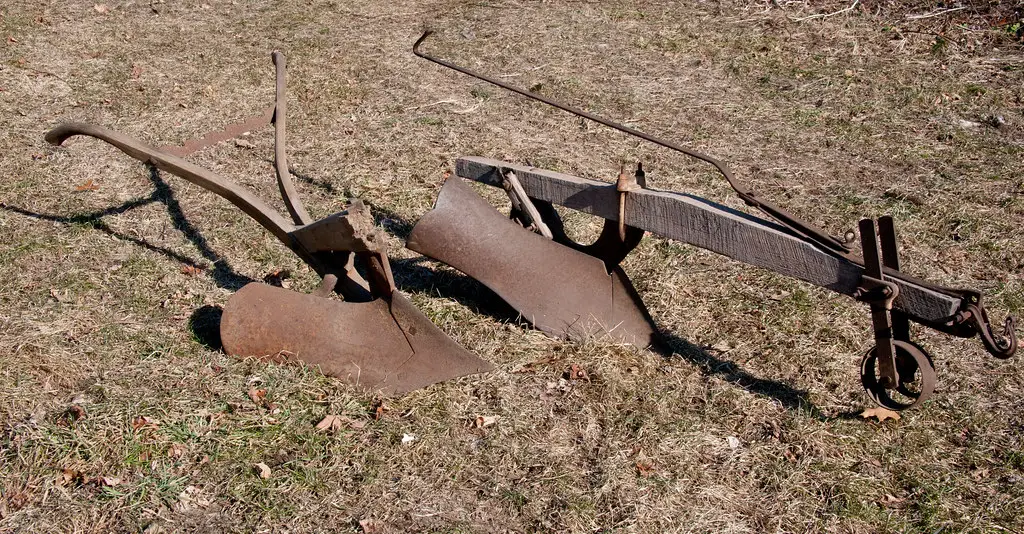
The plow, used for centuries to break up soil and prepare land for planting, remains a critical tool in many farming regions. In Africa, the ard plow, traditionally pulled by oxen or donkeys, is commonly used in arid regions where deep plowing helps retain soil moisture. Latin American farmers, particularly in Andean regions, still use wooden plows that follow ancient Incan agricultural traditions. In Asia, particularly in India and China, the wooden plow with iron-tipped blades is still widely used by small-scale farmers who rely on animals rather than tractors.
These traditional plows are still in use because they offer a cost-effective solution for farmers who cannot afford modern tractors. They also allow for more precise control over soil preparation, which is especially beneficial in regions with diverse topographies. Additionally, using animal-powered plows reduces dependence on fossil fuels, making them a more sustainable option for environmentally conscious farming communities.
3. The Machete (Latin America, Africa, Asia)
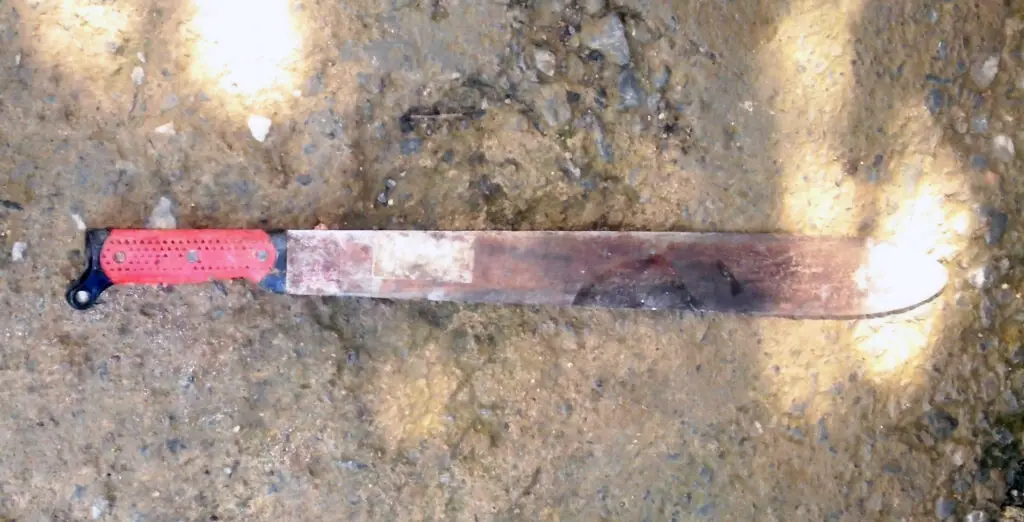
The machete is an iconic tool in Latin American, African, and Asian agriculture, used for everything from clearing brush to harvesting crops. In Latin America, it is essential for cutting sugarcane, bananas, and coffee plants. African farmers use machetes for similar purposes, such as clearing land, harvesting cassava, and cutting fodder for livestock. In many parts of Southeast Asia, the machete, often called a bolo in the Philippines or parang in Indonesia, is used to maintain rice fields and harvest coconut palms.
The machete’s versatility makes it irreplaceable in many farming communities. Its long, sharp blade allows farmers to work efficiently in dense vegetation, and its lightweight design makes it easy to carry and use for extended periods. Unlike large-scale farming machines, the machete requires no fuel or maintenance beyond simple sharpening, making it an accessible and sustainable tool for farmers in resource-limited areas.
4. The Dibber (Asia, Latin America, Africa)
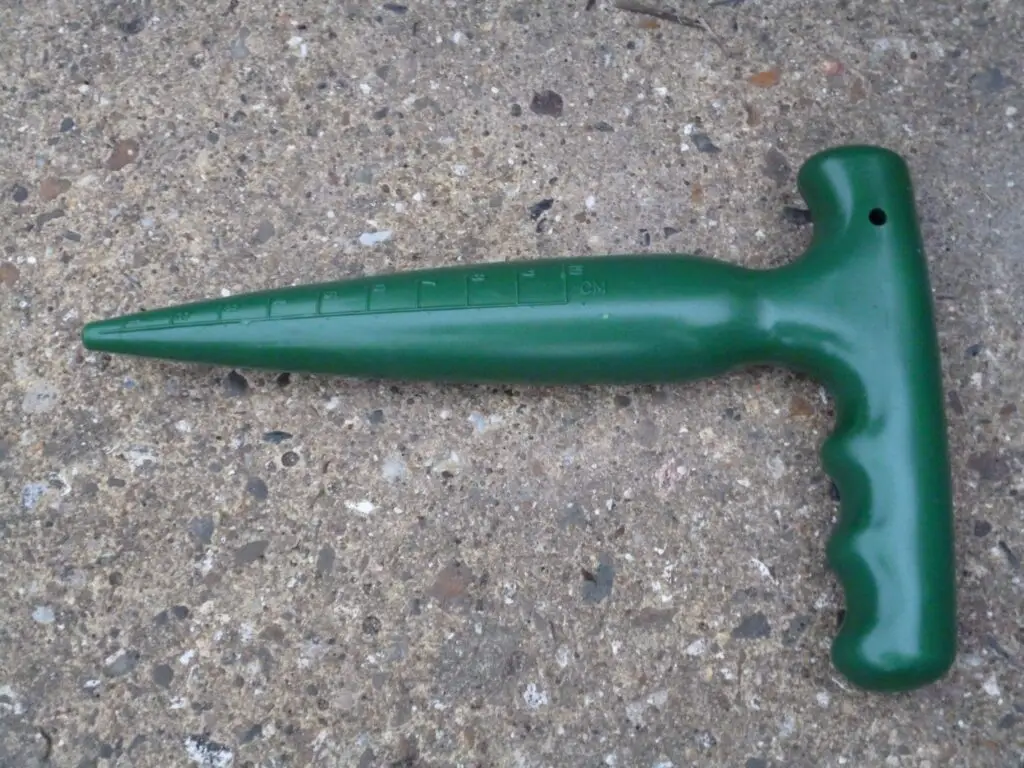
The dibber, a simple pointed stick or metal tool used for planting seeds and seedlings, remains a fundamental tool in traditional farming across the world. In Asia, particularly in India and China, small-scale rice farmers use dibbers to plant seedlings in paddies, ensuring precise spacing for optimal growth. In Latin America, indigenous farmers use similar tools to plant maize and beans, following ancient agricultural techniques. African farmers, especially in regions where no-till farming is practiced, use dibbers to plant millet and sorghum without disturbing the soil.
This tool’s efficiency lies in its ability to reduce labor while improving planting accuracy. By making small holes at consistent depths, the dibber helps ensure even germination and better crop yields. It also supports sustainable farming by minimizing soil disruption, which helps retain moisture and organic matter. Even with modern mechanized seeders available, many farmers still prefer the simplicity and reliability of the dibber.
5. The Hoe (Africa, Latin America, Asia)
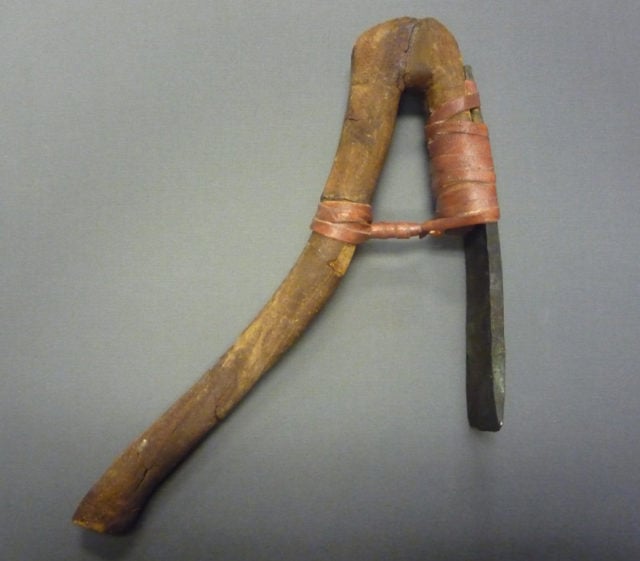
The hoe is one of the oldest and most essential farming tools, with variations used across Africa, Latin America, and Asia. Farmers rely on it for soil preparation, weeding, and planting crops. In African agriculture, tools like the jembe in East Africa or the adze-like hoes used in West Africa have been crucial for centuries. Similarly, in Latin America, indigenous farmers use the coa de jima, a long-handled hoe, to harvest agave plants for tequila production. In Asia, traditional hoes are common in rice paddies, where they help aerate the soil and control weeds in flooded fields.
The hoe remains indispensable because of its adaptability to different crops and landscapes. Its simple design allows farmers to work efficiently in rocky or sloped terrains where mechanized tools struggle. Many smallholder farmers continue to use hand-crafted hoes made from locally available materials, ensuring sustainability and cultural continuity. Despite advancements in farming equipment, the hoe’s reliability ensures its continued presence in agricultural communities worldwide.
